Laboratory of AI for Digital Health | Engineering Science Department | University of Oxford

AI for Digital Health
Our research group aims to develop machine learning methods to enhance healthcare outcomes. We specialise in analysing complex time-series clinical datasets, including electronic health records from hospitals or signals from wearable devices, through probabilistic models, Bayesian inference, and deep learning techniques. Our work seeks to create robust, interpretable tools that support clinicians in making informed decisions, enable early prediction of health risks, and facilitate equitable healthcare delivery, particularly in resource-constrained environments.
Latest News:
- Munib's paper has been accepted for publication in Nature Communications Medicine.
- Mingcheng's paper has been accepted for publication in NPJ Digital Medicine.
- Moritz's paper has been accepted at NeurIPS 2025.
- Katarina's work has been accepted at NeurIPS 2025 TS4H Workshop.
More News
Latest Research
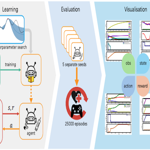
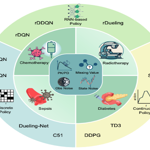
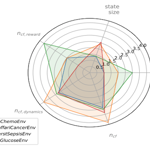
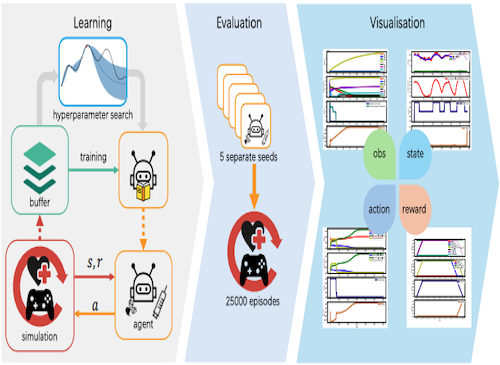
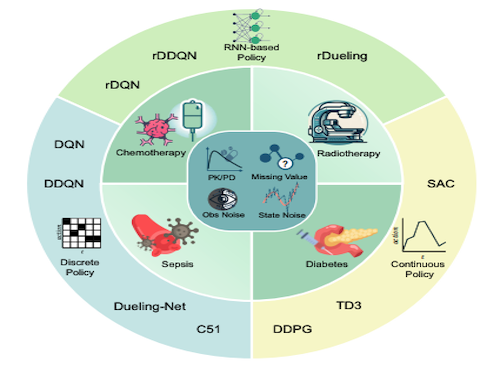

DTR-Bench
Reinforcement learning (RL) shows promise for optimising dynamic treatment regimes (DTRs) in personalised medicine, but lacks standardised benchmarking. We introduce DTR-Bench, a platform with four healthcare simulations (chemotherapy, diabetes, etc.), evaluating RL algorithms under real-world challenges like noise and variability. Results reveal performance gaps, emphasising the need for more robust, adaptive RL methods in DTRs.
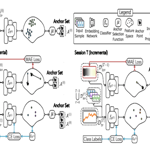
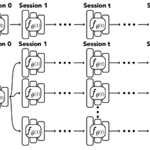

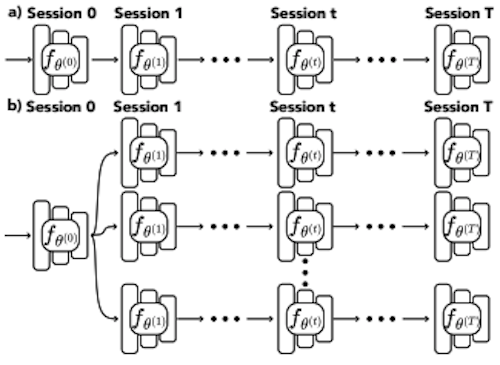
AnChorInv
Deep learning models excel in various applications but typically require extensive, high-quality data, posing challenges in biomedical settings with incremental, limited data. Few-Shot Class-Incremental Learning (FSCIL) methods offer a promising approach while also depending on strong base models that face the same aforementioned limitations. To address limitations, we propose AnchorInv, which uses synthetic samples generated from anchor points in feature space for buffer replay. Tested on three physiological datasets, AnchorInv efficiently reduces forgetting and adapts effectively to new categories, outperforming existing state-of-the-art methods while enhancing data privacy.
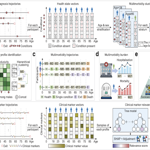

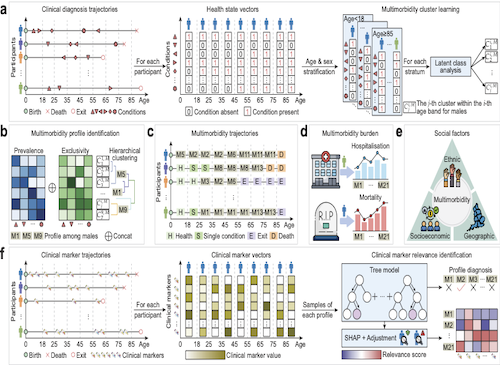
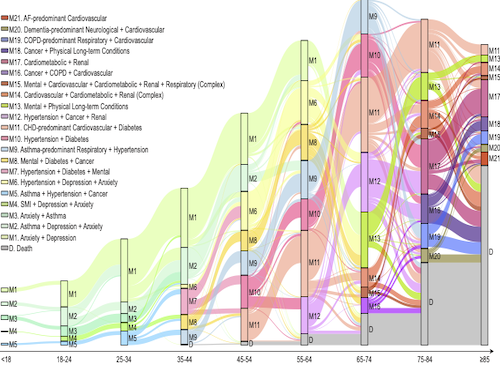
Cohort Study for Multimorbidity
Multimorbidity, the co-occurrence of multiple chronic conditions in an individual, has become a global health challenge affecting populations in high-income and low- to middle-income countries. Despite its increasing prevalence, critical gaps remain in understanding its progression, burden, and determinants to better guide prevention and treatment. Here, by leveraging linked primary care, hospitalisation, and mortality records from 3.3 million individuals with multimorbidity in England, we conducted a longitudinal cohort study to characterise multimorbidity across multiple dimensions, including condition profiling, progression trajectories, healthcare burden, and social and biological factors.
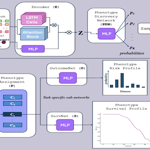

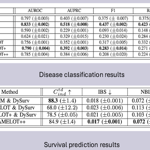
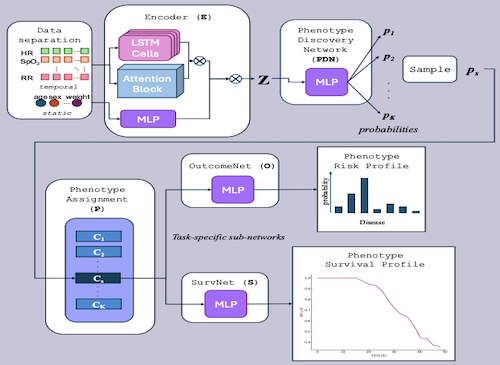
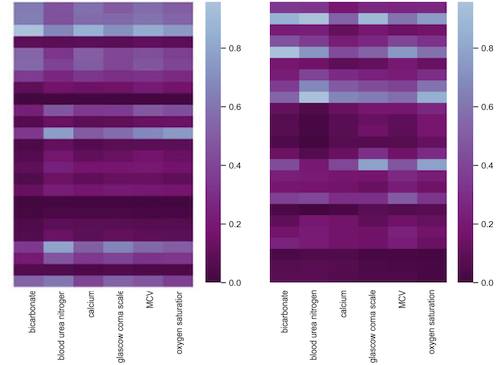
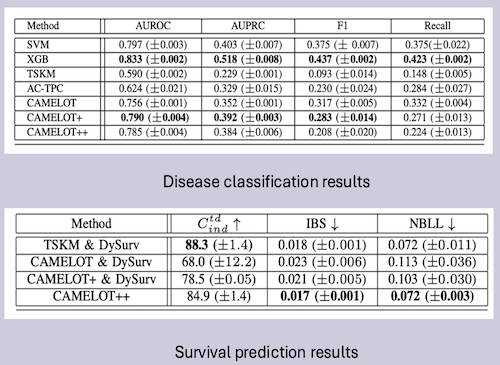
CAMELOT++
We propose CAMELOT++, a novel deep clustering method for multi-task learning using temporal electronic health records (EHRs), enhancing ICU outcome prediction and management. First, CAMELOT+ improves clustering and accuracy through mixed-data modelling that separately encodes static and dynamic features. Further extending to multi-task learning, CAMELOT++ integrates survival analysis, enabling interpretable cluster-specific survival curves, and significantly improving prediction and interpretability for clinical applications.

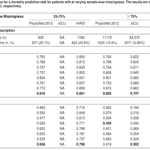

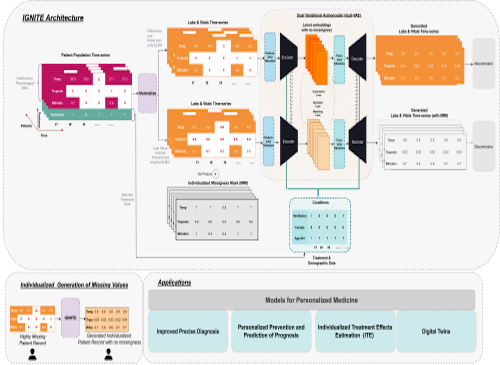

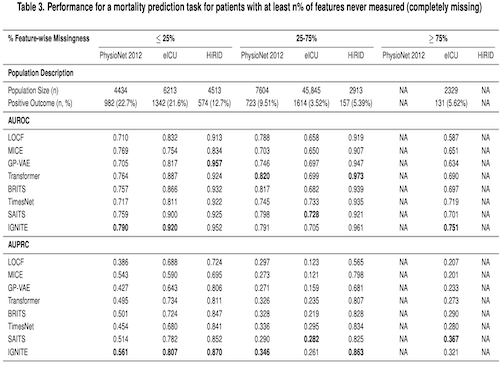
IGNITE
Longitudinal Electronic Health Records (EHRs), though valuable for personalised medicine, often have informative missing data. To address this, we propose IGNITE, a deep-learning model using a conditional dual-variational autoencoder with dual-stage attention and an Individualised Missingness Mask (IMM) to impute personalised realistic values. Validated on three large datasets, IGNITE outperforms state-of-the-art models for missing data reconstruction and prediction tasks, also enabling generation of synthetic patient data.
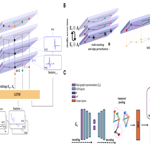
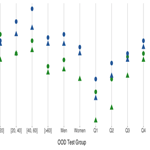

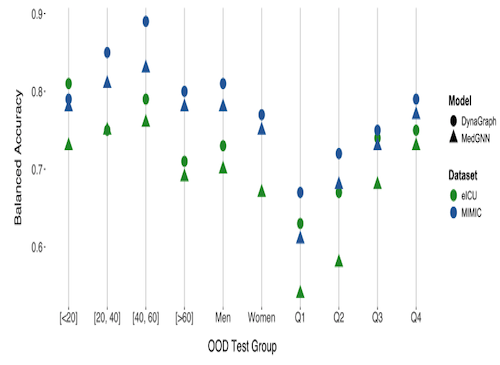
DynaGraph
Learning from longitudinal electronic health records (EHRs) requires capturing dynamic changes in patient states, but existing graph models often rely on static or predefined structures, limiting interpretability and clinical applicability. To bridge this gap, we propose DynaGraph, an interpretable contrastive graph model using pseudo-attention for dynamic graph construction. Validated on four diverse clinical datasets, DynaGraph significantly improves balanced accuracy and sensitivity, clearly highlighting important clinical covariates over time.
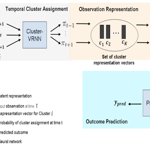
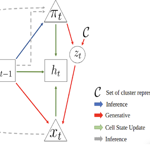
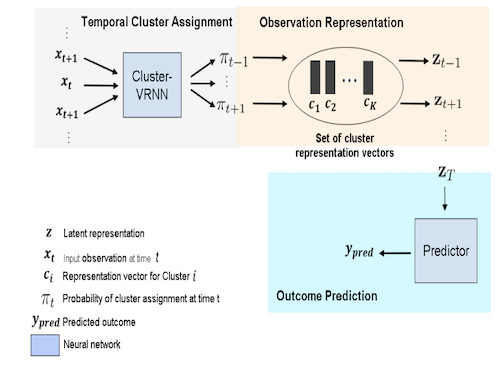

Phenotypic Clustering
Predicting disease progression from electronic health records (EHRs) is complicated by data sparsity, multimodality, and imbalance among clinical events. To address these challenges, we propose a generative probabilistic clustering model that simultaneously generates synthetic observations, models temporal cluster assignments, and predicts patient outcomes. Evaluated on clinical datasets, our model achieves performance comparable to SOTA methods, enhances clustering separability, and captures clinically meaningful patient phenotypes.


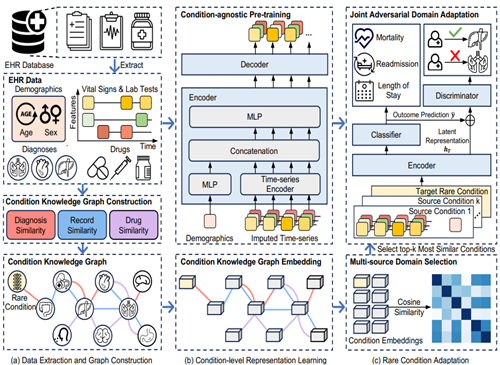
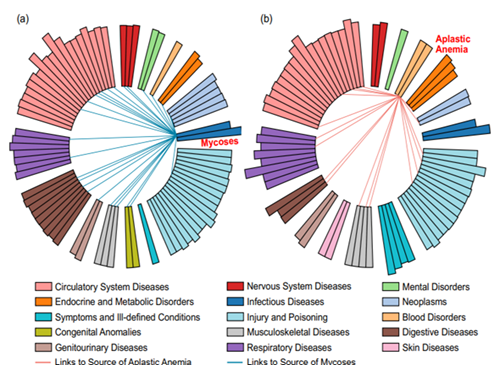
KnowRare
KnowRare is a domain adaptation-based deep learning framework designed to improve outcome prediction for rare conditions in the ICU, which are underserved due to data scarcity and intra-condition heterogeneity. By leveraging self-supervised pre-training on diverse electronic health records and selectively adapting knowledge from clinically similar conditions via a knowledge graph, KnowRare addresses these challenges. Evaluated on two ICU datasets and five clinical tasks, KnowRare consistently outperformed state-of-the-art models and established ICU scoring systems. Case studies showed its adaptability and rational knowledge transfer, highlighting KnowRare’s potential as a practical solution for supporting decision-making for rare conditions.
Group Gathering

Hilary Term Group Dinner


Easter Group Trip


Trinity Dinner

Formal Lunch at Mansfield College

